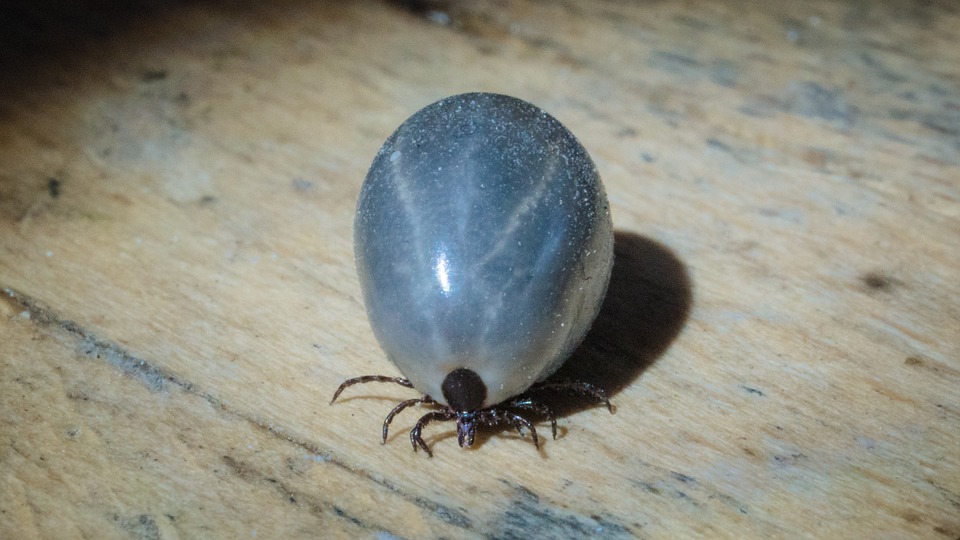We have had one of the mildest winters ever in Central Oregon which decreases one of the natural barriers that we have here against many of the bugs that affect our pets which is the cold dry climate.
Ticks are among the worst ectoparasites that dogs and cats can get because they can spread some very nasty diseases. Fortunately cats are very fastidious and keep themselves tick free. Ticks are arthropods that crawl onto the fur when our pets are out on High Desert adventures especially in the forest attracted by warmth and motion. These hitchhikers wait for their unsuspecting host and drop off brush, trees or tall grass when animals come by. Ticks attach to the skin by mouth parts and don’t detach until a blood meal is complete. Ticks have four life stages from egg, larva, nymph and adult and are often associated in areas where there are other wildlife such as deer.
Look for ticks on your pets around places where there is little to no hair or crevices like the ears, inside of the thighs or even between the toes. Quick removal of these parasites can prevent transmission of one of many tick vector diseases including Lymes Disease, Rocky Mountain Spotted Fever, Ehrlichiosis, Anaplasmosis and others. Currently in our High Desert environment many of these diseases have not been detected and fortunately most ticks do not carry disease here. But many people travel to our area from all over the country plus we take our companions with us on all adventures increasing the risk of exposure in other regions. Symptoms of disease can range from fever, weakness, lethargy, anemia and even “Tick Paralysis,” a temporary paralytic condition that generally resolves once the tick is removed. Specific antibody testing for tick bacterial diseases is available at your veterinarian and should be considered for exposure in high risk regions or if signs develop. Treatments are available and tick transmitted disease is curable with early detection.
Remember ticks can hitch a ride on your pets and then attach to you or other family members. Ticks can potentially crawl onto unsuspecting pets from either humans or your active companions. Good tick prevention includes checking everyone thoroughly including your pets after enjoying an outing. Running your fingers through the fur over the entire body especially around the head and neck can detect a recent hitchhiker. A small lump or swollen area can indicate a tick burrowed into the skin. Ticks can be removed safely with fine tweezer, grasping as close to the skin as possible gently pulling straight upwards and disinfect afterwards. Prevent infection by leaving the head or mouth parts embedded by taking care to remove everything. When tick related diseases are concerned prevention is the best protection. Many products are available to control ticks either by repelling them or killing ticks once they bite. Ask your veterinarian for a recommendation on the best prevention for your dog and lifestyle.

